Alternate narratives drive creative solutions
How can we prepare today to protect the quality of Sydney’s drinking water many decades into the future, even under previously unexperienced conditions?
WaterNSW is already doing just that, by using historical rates of land use change to construct multiple narrative scenarios describing alternate futures in 2040 and 2060.
These exercises of science-based imagination, explored via spatial modelling, tangibly illustrate how changes in land use may impact the catchments that protect the quality and quantity of water essential to the 5 million people of Greater Sydney.
“This project extends on typical modelling approaches by incorporating narratives to drive and enhance creative and critical thinking necessary to address the complex challenges of the future as we continue to provide an essential resource,” WaterNSW Executive Manager Strategy and Performance, Fiona Smith, said.
Developed in partnership with UTS Institute for Sustainable Futures, the 2040 and 2060 future catchment scenarios are helping WaterNSW understand and plan now, for future megatrends and local drivers, that may create potential risks or opportunities for water supply and catchment health.
WaterNSW is required to undertake research on catchments generally, and in particular on the health of declared catchment areas that protect water quality in the Greater Sydney drinking water catchment.
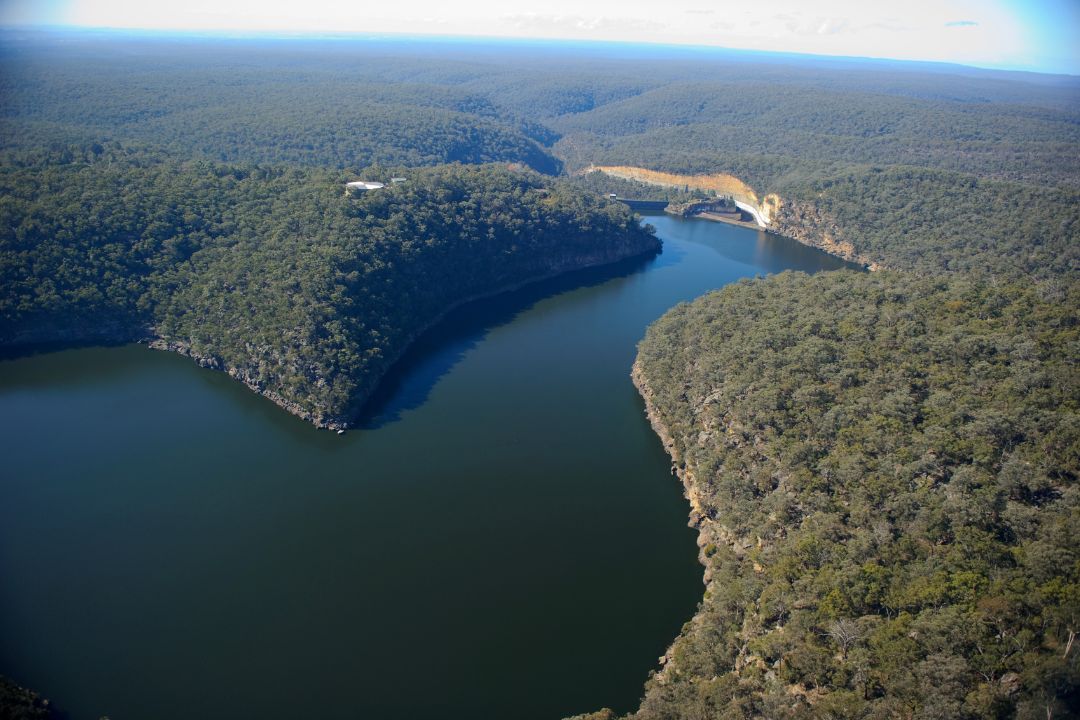
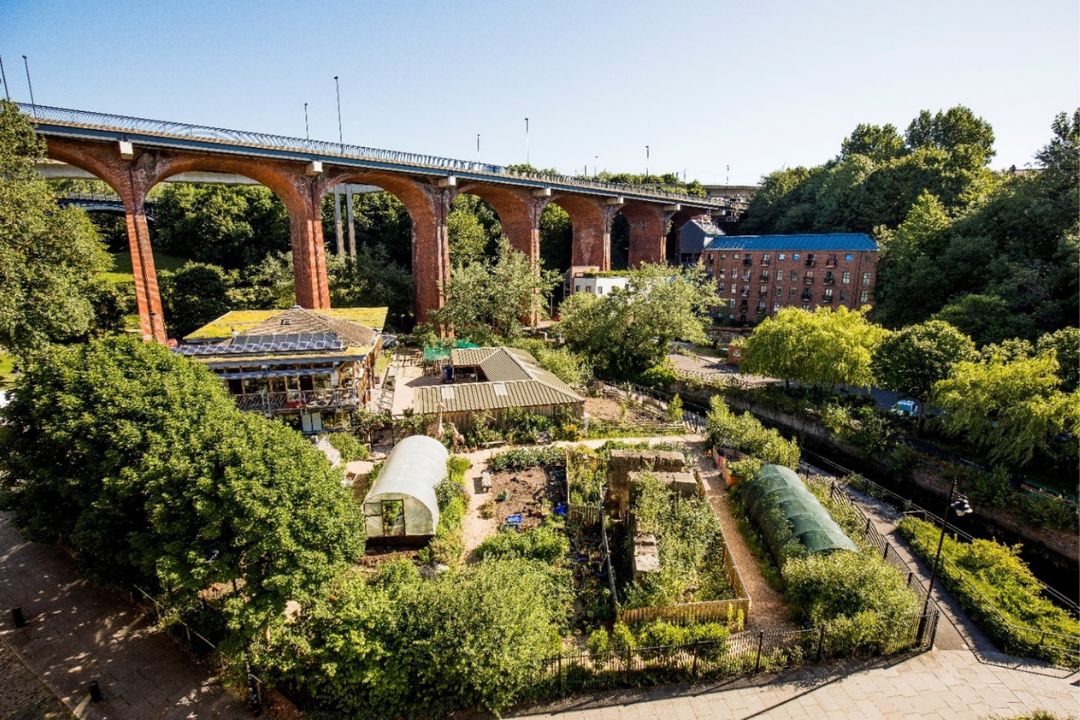
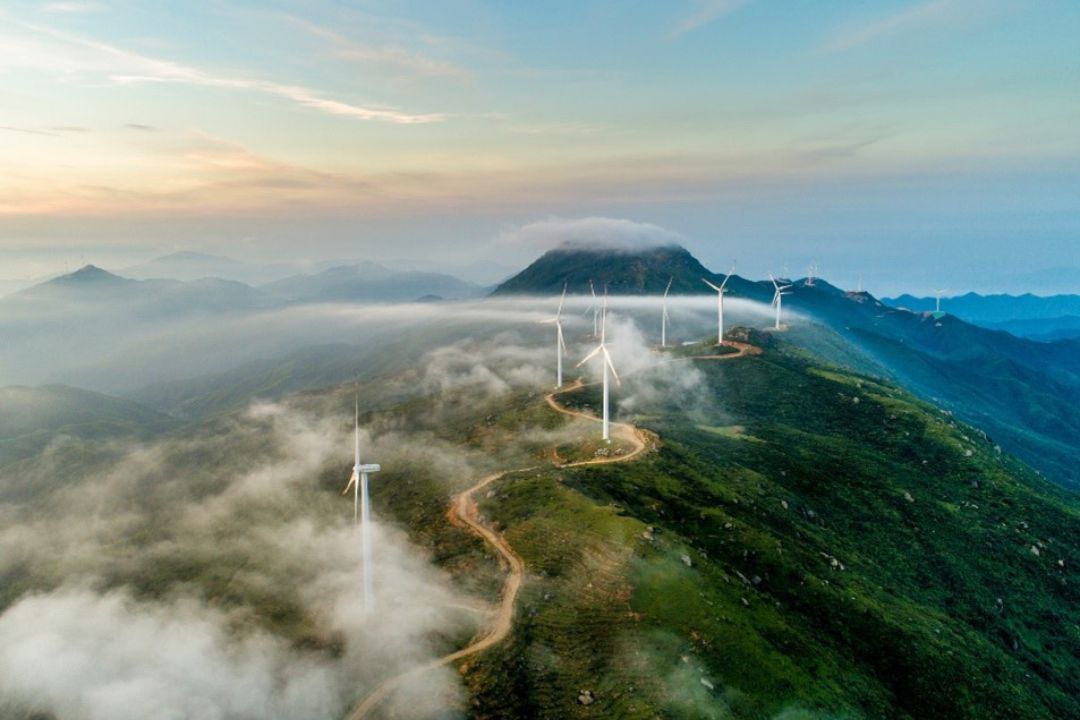
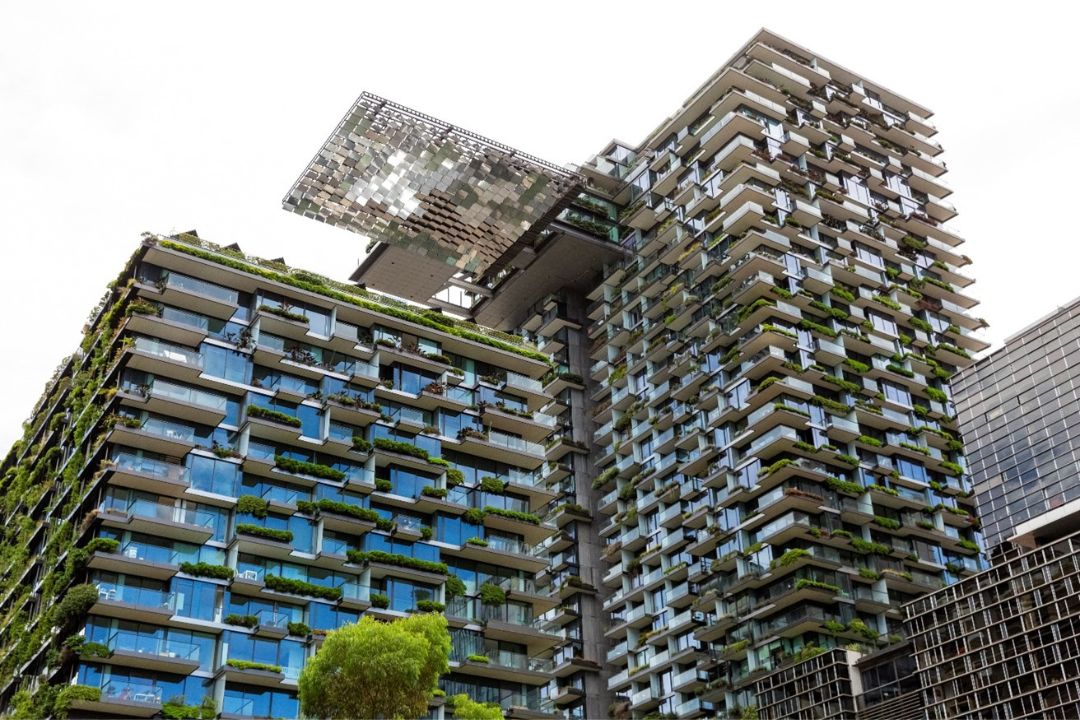
Scenario 1 – Enhanced catchment management
 There is increased investment in catchment management as a key strategy for providing safe drinking water to Greater Sydney. The urban footprint is the same as the baseline scenario, with increasing population living in those areas. Communities are highly engaged and expect catchment health to be valued, protected and effectively managed by government. Under this scenario there would be a decrease in disturbed land, increased reforestation, and improved management of forested areas. (Photo source: Zetter/iStock via Getty Images)
There is increased investment in catchment management as a key strategy for providing safe drinking water to Greater Sydney. The urban footprint is the same as the baseline scenario, with increasing population living in those areas. Communities are highly engaged and expect catchment health to be valued, protected and effectively managed by government. Under this scenario there would be a decrease in disturbed land, increased reforestation, and improved management of forested areas. (Photo source: Zetter/iStock via Getty Images)
Scenario 2 - Living life in green, blue and grey
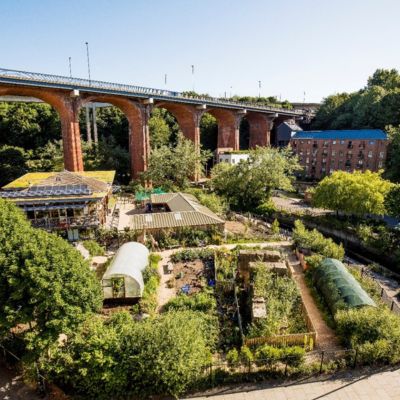 A new high-speed rail link from Sydney to Canberra creates major new population centres in Goulburn and the Southern Highlands that are cool, green and liveable with integrated water management principles. Urban expansion in south-west Sydney slows as cheaper and more liveable homes are available a 30 minute train ride from Sydney. Under this scenario there would be a decrease in disturbed land, increased reforestation, and improved management of forested areas. However, expanding urban areas lead to decreases in grazing areas, and populations must rely on more intensive food productions in urban landscapes. (Photo source: SolStock/E+ via Getty Images)
A new high-speed rail link from Sydney to Canberra creates major new population centres in Goulburn and the Southern Highlands that are cool, green and liveable with integrated water management principles. Urban expansion in south-west Sydney slows as cheaper and more liveable homes are available a 30 minute train ride from Sydney. Under this scenario there would be a decrease in disturbed land, increased reforestation, and improved management of forested areas. However, expanding urban areas lead to decreases in grazing areas, and populations must rely on more intensive food productions in urban landscapes. (Photo source: SolStock/E+ via Getty Images)
Scenario 3 – Carbon positive catchments
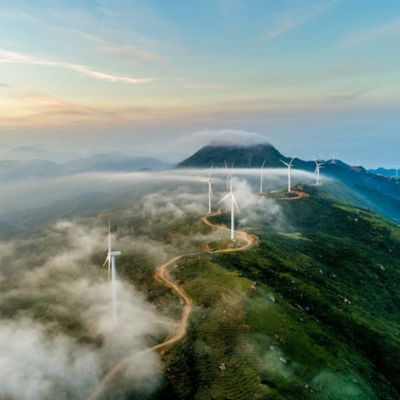 Renewable energy and carbon forestry become dominant industries in the catchment, and are a key driver for increased catchment enhancement and restoration measures. Examples include forest regeneration, green energy, transmission and storage (pumped hydro, wind and solar farms). This scenario would see expanded and enhanced forested areas, decreases in grazing land, minor increases in disturbed land with installation of renewable energy infrastructure. The urban footprint remains the same as in the baseline scenario. (Photo source: Zhongguo/ E+ via Getty Images)
Renewable energy and carbon forestry become dominant industries in the catchment, and are a key driver for increased catchment enhancement and restoration measures. Examples include forest regeneration, green energy, transmission and storage (pumped hydro, wind and solar farms). This scenario would see expanded and enhanced forested areas, decreases in grazing land, minor increases in disturbed land with installation of renewable energy infrastructure. The urban footprint remains the same as in the baseline scenario. (Photo source: Zhongguo/ E+ via Getty Images)
Scenario 4 - Mega supply for a mega city
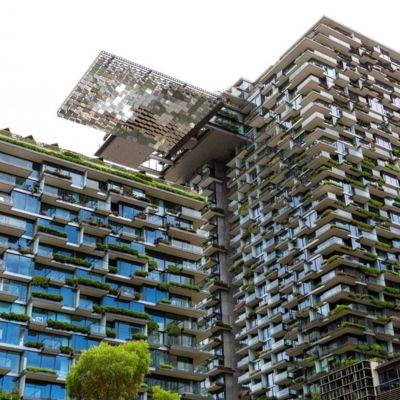 Increased population growth, higher than in the baseline model, creates dense mega-cities bordering the catchment boundaries in Sydney’s south and west, Wollongong and Nowra. To manage increased pressure on catchment health and water security, increased focus is on both catchment management and alternate water sources including desalination and introducing potable reuse. This scenario imagines a future where there is an increase in the urban footprint and increase in disturbed land due to intensive agriculture needed to meet the demands of the rapidly growing population. (Photo source: imamember/E+ via Getty Images)
Increased population growth, higher than in the baseline model, creates dense mega-cities bordering the catchment boundaries in Sydney’s south and west, Wollongong and Nowra. To manage increased pressure on catchment health and water security, increased focus is on both catchment management and alternate water sources including desalination and introducing potable reuse. This scenario imagines a future where there is an increase in the urban footprint and increase in disturbed land due to intensive agriculture needed to meet the demands of the rapidly growing population. (Photo source: imamember/E+ via Getty Images)
Scenario 5 – Full reliance on treatment
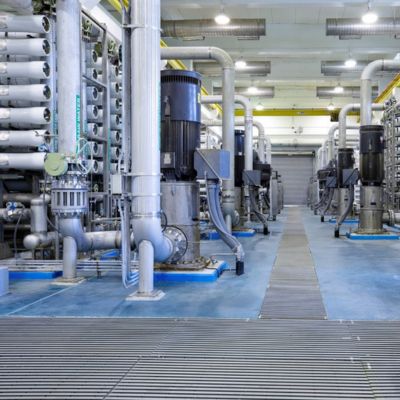 Catchment areas have faced prolonged droughts and fires resulting in poor water quality. Enhanced centralised treatment and potable reuse are key strategies for providing safe drinking water to Greater Sydney. Population growth rates remain the same but development controls in the catchment are relaxed, and new development is not water sensitive and forested areas are reduced for urban expansion. Grazing and intensive agricultural activity, extractive industry, and recreation in the catchment also increase, with more land transitioning to grazing and disturbed. (Photo source: TerryJ/E+ via Getty Images)
Catchment areas have faced prolonged droughts and fires resulting in poor water quality. Enhanced centralised treatment and potable reuse are key strategies for providing safe drinking water to Greater Sydney. Population growth rates remain the same but development controls in the catchment are relaxed, and new development is not water sensitive and forested areas are reduced for urban expansion. Grazing and intensive agricultural activity, extractive industry, and recreation in the catchment also increase, with more land transitioning to grazing and disturbed. (Photo source: TerryJ/E+ via Getty Images)
Scenario 6 – Extreme climate impacts
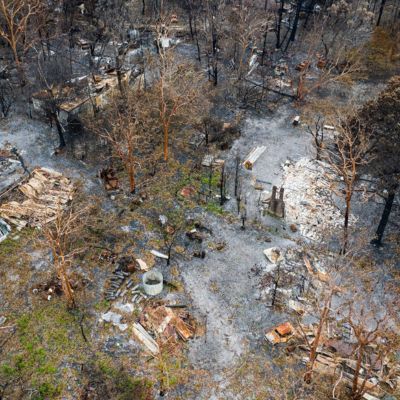 Government and community are in a constant state of response to rolling climate emergencies impacting the catchment. The costs of responding are high, and an emergency mitigation is the dominant activity. With continued ecosystem destruction, catchment management becomes a lower priority. Large swathes of forested and grassland areas transition to disturbed land due to climate impacts, and people relocate from small holdings and Western Sydney to Southern Highlands urban centres to escape fires and extreme heat. (Photo source: mikulas1/E+ via Getty Images)
Government and community are in a constant state of response to rolling climate emergencies impacting the catchment. The costs of responding are high, and an emergency mitigation is the dominant activity. With continued ecosystem destruction, catchment management becomes a lower priority. Large swathes of forested and grassland areas transition to disturbed land due to climate impacts, and people relocate from small holdings and Western Sydney to Southern Highlands urban centres to escape fires and extreme heat. (Photo source: mikulas1/E+ via Getty Images)
Related links
Published date: 22 August 2024
WaterNSW acknowledges the traditional custodians of the lands and waters on which we work and pay our respects to all elders past, present and emerging. Learn more
